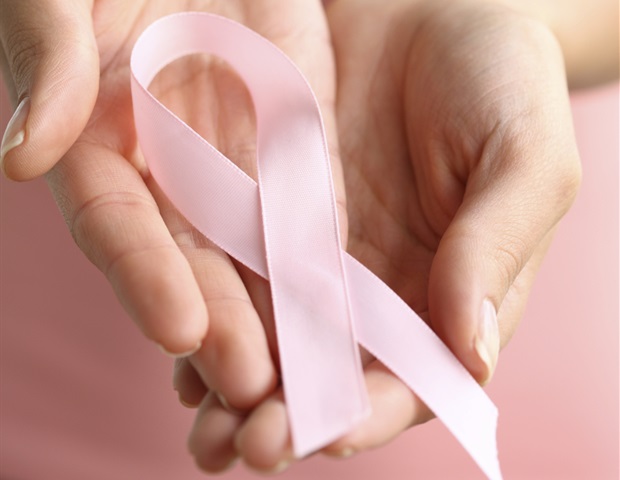A new study by the Harvard GenderSci Lab in the British Journal of Sports Medicine reveals systematic biases in a key metric used in estimates of sex disparities in ACL injury rates in sports. The article argues that gendered factors (e.g. availability and quality of resources, compensation structures, ability to train amidst competing responsibilities outside of sports) may undermine the comparability of injury rates between women and men. As a result, recent headlines claiming much higher rates of ACL injury among women and girls may be misleading.
Sports scientists calculate rates of injury among women by counting numbers of ACL injuries and dividing that number by an estimate of playing and training time, known as "athlete-exposures." The study by Danielsen and Gompers et al. is the first to examine the limitations of the construct of "athlete-exposures" through a gender lens.
The authors identify two key factors, stemming from a legacy of underinvestment in women's sports, that likely skew comparisons by gender and artificially inflate measures of injury rates among women athletes: training to match ratio and team size. Systematic gender differences in both of these factors affect the gender-specific denominator that is used to compute injury rates, with women's denominator not only being systematically smaller than that of men but also including a higher proportion of time at high-risk of injury (i.e., matches).
Accurately measuring sex disparities in ACL injury rates is important in order to inform potential strategies to reduce the risk of this debilitating injury for athletes. If the metrics used to quantify injury rates obscure key socially-mediated drivers of gender/sex disparities - i.e., training to match ratio and team size - promising opportunities for addressing such disparities and preventing injuries may be overlooked.
Key findings of the study include:
- Failing to account for differences in gendered realities of women and men's sports may lead to an inflation of estimates of injury disparities by gender/sex.
- Sports scientists need to better distinguish between training and competition exposures and account for team size in order to avoid artificially inflating estimates of ACL injuries rates in women.
- There are likely multiple gendered factors that can't be captured by quantitative estimates of athlete exposure to injury risk, including inequities in compensation structure and quality of equipment and training. These factors should nonetheless be qualitatively considered and discussed to contextualize observed gender/sex disparities in injury rates.
Quotes:
Annika Gompers: "Athletes deserve solid statistics to understand the extent and drivers of disparities in ACL injury. Our work highlights that current research fails to account for biases in the data produced by gendered factors, which skews comparisons of injury rates between women and men. We call for more rigorous epidemiologic measurement of gender disparities going forward."
Ann Caroline Danielsen: "We hope that this research will contribute to capturing patterns of ACL injury among women and men more accurately, and to identifying actionable avenues for addressing the socially-mediated drivers of ACL injuries among athletes."
Sarah S. Richardson: "Gender assumptions can influence scientific knowledge in many different ways. When gendered assumptions are built into scientific measures, sex difference findings may not be accurate. Recent claims about higher vulnerability of women athletes to ACL knee injury are a case in point."

 9 hours ago
2
9 hours ago
2















.png)

.png)
.png)
.png)













 English (US) ·
English (US) ·  Hindi (IN) ·
Hindi (IN) ·